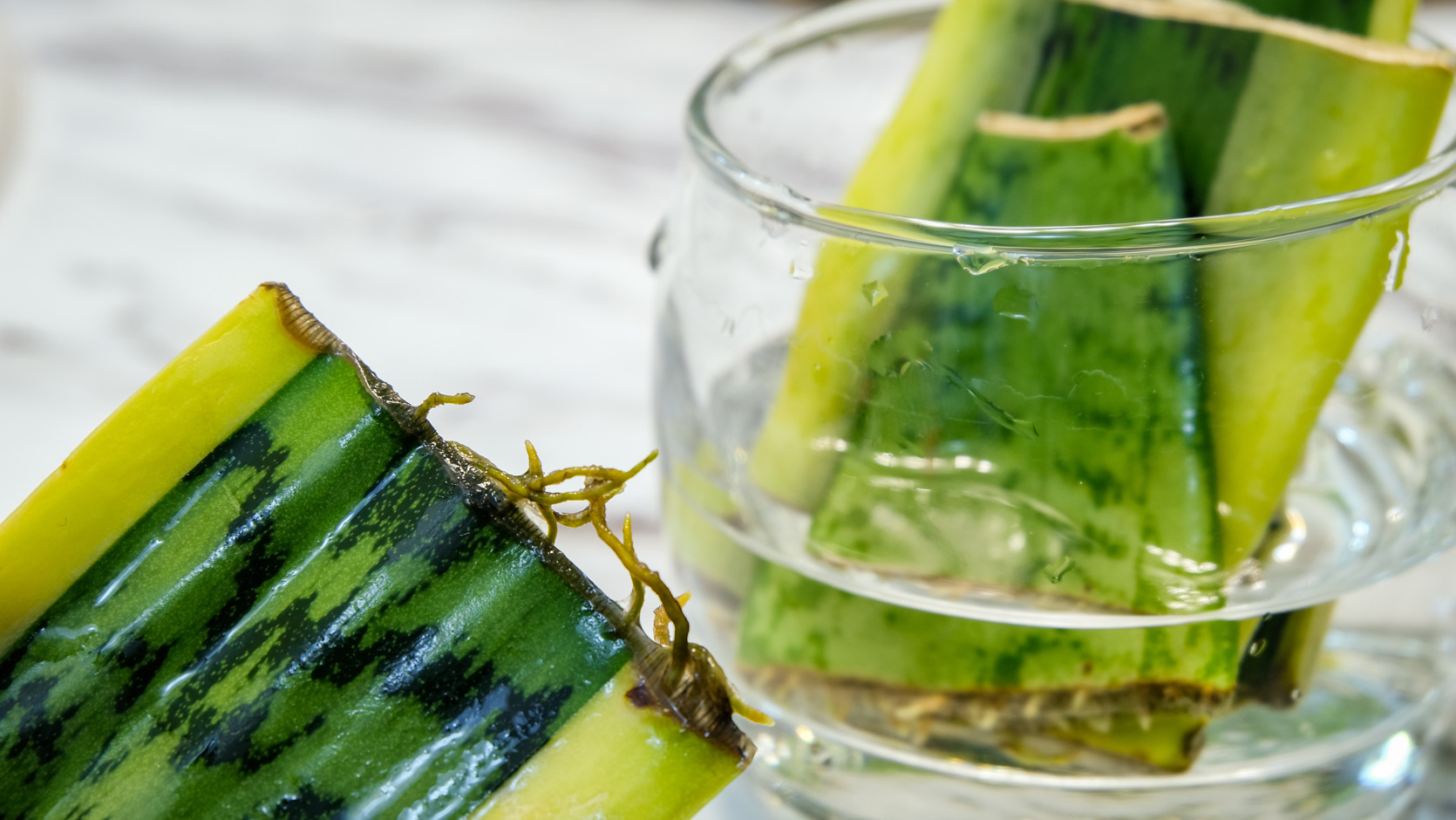Nerve Plant (Fittonia albivenis)
Fittonia albivenis, also known as nerve plant for their prominent, contrasting veins, are available in an array of colours from white and cream to all shades of pink and red. These diminutive houseplants are perfect for the office desk or as little jewels for even the tiniest of shelves and corners in anyone’s home.
Native to the understorey of tropical rainforests in South America, these plants are adapted to poorly lit, humid conditions on the forest floor. This makes them great for indoors and they’re sure to enliven your space.
For optimum results, avoid direct sunlight which may burn the leaves. Bright diffused light suits these plants best and keeps them compact. Don’t let these little plants dry out completely too – they will wilt if so, but can come back if watered thoroughly soon enough. Avoid sitting the plants in water – no plant likes that! Feed them with dilute fertiliser or a low dose of slow-release fertiliser to keep them at their best.
In Singapore, nerve plants can be found anywhere from supermarkets to specialty nurseries. Be sure to check out the many varieties and cultivars available and perhaps even start a collection!
| Botanical Name | Fittonia albivenis |
|---|---|
| Common Name(s) | nerve plant |
| Plant Type | Herbaceous perennial, grown as a foliage houseplant |
| Mature Size | 10 to 20 cm tall, 10 to 30 cm wide |
| Light | Low to bright indirect light |
| Water | Keep evenly moist but not sitting in water |
| Soil | Acidic mix with relatively fine particle size |
| Flowers | Rarely flowers as a houseplant. Flowers in inflorescences are relatively insignificant. |
| Toxicity | No known toxicity to pets or humans. |
Written by: Mihkaail Ng, Senior Researcher (Research and Horticulture)
Mihkaail has been growing (and killing!) plants since his childhood and has unfortunately learned little from the experience. He spends his days trawling nurseries and gardens for forgotten plants and relics of the past and amassing them into a hodgepodge collection which could be best described as junk!



